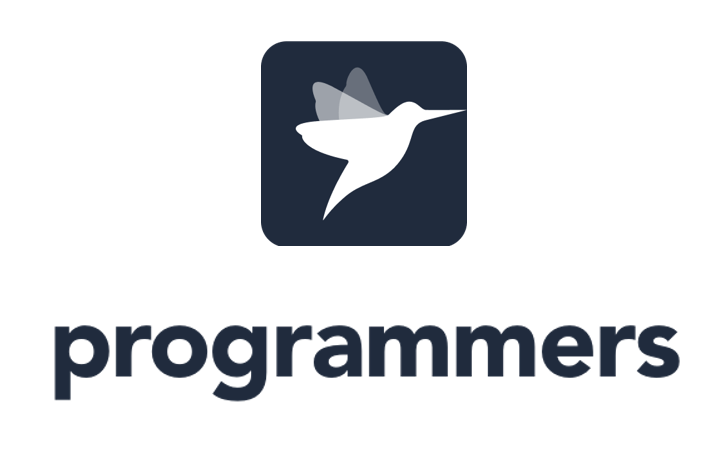-
""" 출처:프로그래머스 https://school.programmers.co.kr/learn/courses/30/lessons/12938 """ # 풀이 과정 from collections import deque, defaultdict def solution(n, s): if n > s: return [-1] if s % n == 0: return [s // n] * n else: k = s % n one = [s // n + 1] * k two = [s // n] * (n - k) result = two + one return result

-
""" 출처:프로그래머스, https://school.programmers.co.kr/learn/courses/30/lessons/17679 """ # 풀이 과정 # idea: 첫번쨰로 지워지는 블록 제거 후 재배열 후 다시 블록 제거 반복! def solution(m, n, board): from collections import deque b = [] for k in range(m): b.append(list(board[k])) result = 0 dx = [1, 0, 1] dy = [0, 1, 1] while True: count = 0 # 지워지는 블록 체크 check = deque([]) # 지워지는 블록 목록 # i,j를 중심으로 팔방위 탐색 for i in range(m): for j in range(n): if b[i][j] == 0: continue if j - 1 >= 0 and i - 1 >= 0: if b[i][j] == b[i - 1][j - 1] == b[i][j - 1] == b[i - 1][j]: check.append([i, j]) continue if j + 1 < n and i - 1 >= 0: if b[i][j] == b[i][j + 1] == b[i - 1][j + 1] == b[i - 1][j]: check.append([i, j]) continue if j - 1 >= 0 and i + 1 < m: if b[i][j] == b[i][j - 1] == b[i + 1][j - 1] == b[i + 1][j]: check.append([i, j]) continue if j + 1 < n and i + 1 < m: if b[i][j] == b[i + 1][j] == b[i + 1][j + 1] == b[i][j + 1]: check.append([i, j]) continue while check: one, two = check.popleft() b[one][two] = 0 count += 1 if count == 0: # 지워지는 블록이 없을 경우 답 return result # 블록 재배치 위에 있는걸로 대체 # 0이 아닌 부분을 내리는 방법? for i in range(m - 1, -1, -1): for j in range(n): if b[i][j] == 0: start = i - 1 while start >= 0: if b[start][j] != 0: b[i][j] = b[start][j] b[start][j] = 0 break else: start -= 1 result += count answer = result return answer
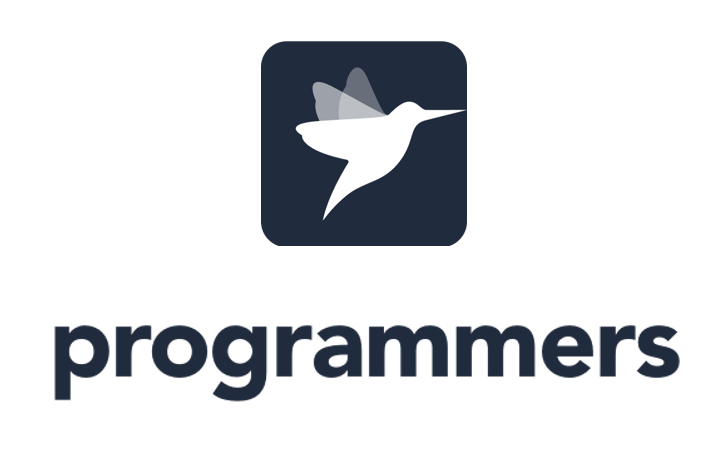
-
""" 출처:프로그래머스 https://school.programmers.co.kr/learn/courses/30/lessons/64062 """ # 풀이 과정 def solution(stones, k): max_person = max(stones) min_person = 1 result = [] while min_person <= max_person: check = (max_person + min_person) // 2 count = 0 for s in stones: if check > s: count += 1 if count >= k: break else: count = 0 else: result.append(check) min_person = check + 1 continue max_person = check - 1 return max(result)
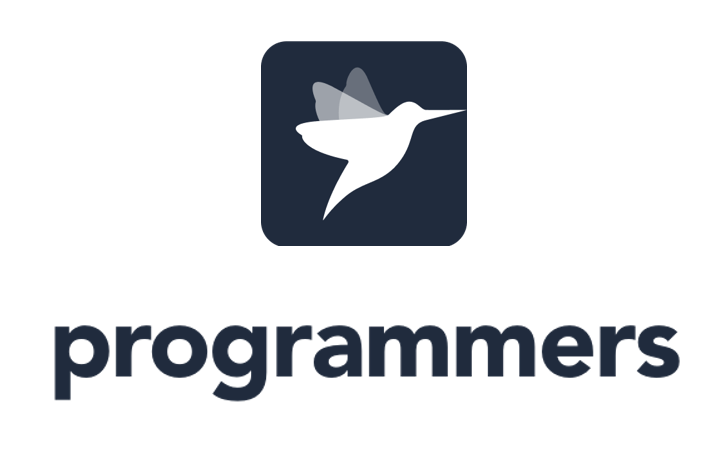
-
""" 출처:프로그래머스, https://school.programmers.co.kr/learn/courses/30/lessons/17686 """ # 풀이 과정 def solution(files): f = files from collections import deque check = [] for i in f: all_new = [] # head, middle, tail 전부 들어감 # 세 부분 나누기 head = [] middle = [] tail = [] i = deque(list(i)) part = "head" while i: k = i.popleft() if k.isdigit() == False and part == "head": head.append(k) elif k.isdigit() == True and part == "head": all_new.append(list(head)) middle = [] middle.append(k) part = "middle" elif k.isdigit() == True and part == "middle": middle.append(k) elif k.isdigit() == False and part == "middle": tail.append(k) tail += list(i) all_new.append(list(middle)) all_new.append(list(tail)) break if len(tail) == 0: all_new.append(list(middle)) all_new.append([]) check.append(all_new) check.sort(key=lambda x: (("".join(x[0]).upper()), int("".join(x[1])))) final = [] for a, b, c in check: A = "".join(a) B = "".join(list(map(str, b))) C = "".join(list(map(str, c))) final.append(A + B + C) return final
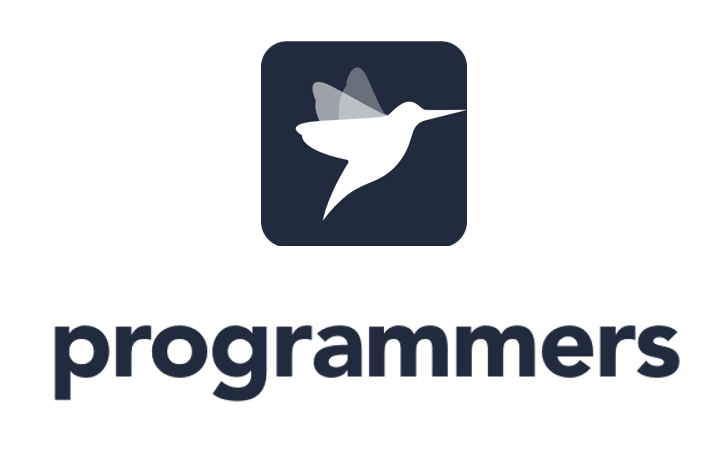
-
""" 출처:프로그래머스, https://school.programmers.co.kr/learn/courses/30/lessons/59415 """ """ 풀이 과정 SELECT DATETIME "시간" from ANIMAL_INS order by DATETIME desc limit 1 """
-
""" 출처:프로그래머스, https://school.programmers.co.kr/learn/courses/30/lessons/131112 """ """ SELECT FACTORY_ID,FACTORY_NAME,ADDRESS from FOOD_FACTORY where ADDRESS like "강원도%" order by FACTORY_ID asc """
-
""" 출처:프로그래머스, https://school.programmers.co.kr/learn/courses/30/lessons/131114 """ """ SELECT WAREHOUSE_ID,WAREHOUSE_NAME,ADDRESS, CASE when FREEZER_YN is not null then FREEZER_YN else "N" END "FREEZER_YN" from FOOD_WAREHOUSE where WAREHOUSE_NAME like "창고_경기%" order by WAREHOUSE_ID asc """
-
# 풀이 과정 from itertools import combinations, product from collections import deque, Counter # 각각의 주사위의 모든 경우의 수를 구한 후 승패 비교후 A가 이긴 걸 고르기! def num(A, B): A_num = [] B_num = [] for i in range(len(A)): c = len(A_num) for j in range(len(A[i])): if i == 0: A_num.append(A[i][j]) B_num.append(B[i][j]) else: for d in range(c): v = A_num[d] w = B_num[d] new_v = v + A[i][j] new_w = w + B[i][j] A_num.append(new_v) B_num.append(new_w) A_num = deque(A_num) B_num = deque(B_num) for e in range(c): A_num.popleft() B_num.popleft() return Counter(A_num), Counter(B_num) def solution(dice): d = [i for i in range(len(dice))] # 주사위 번호 # d_num=[j for j in range(len(dice[0]))]#주사위 면 번호 k = deque(list(combinations(dice, len(dice) // 2))) # A의 주사위 # dice_num=list(product(d_num,repeat=len(dice)//2)) # 뽑는 주사위 면 순서 check = [] # 이긴 주사위 모음 result = [] # 이긴 주사위 번호 check_num = [] rate = 0 while k: A = list(k.popleft()) B = [] A_num = [] # a주사위에서 나오는 모든 수 B_num = [] # b주사위에서 나오는 모든 수 # b 주사위 구하기 for b in dice: if not b in A: B.append(b) # a,b의 숫자 모음 A_num, B_num = num(A, B) win = 0 for a in A_num: for b in B_num: if a > b: win += (A_num[a] * B_num[b]) if win > rate: rate = win check = A for r in check: t = dice.index(r) result.append(t + 1) return result
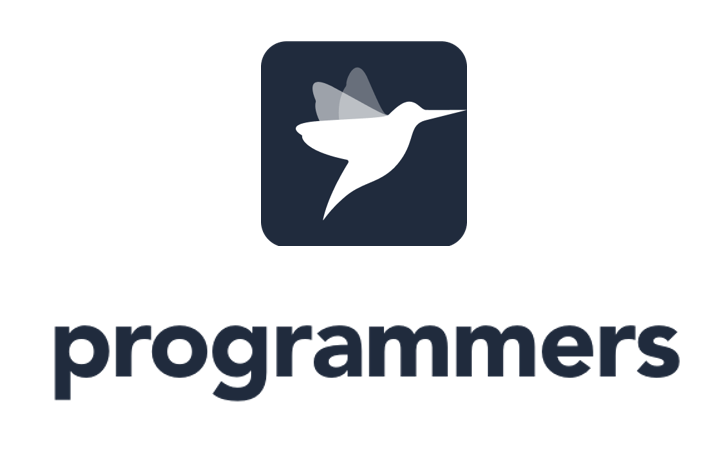
-
""" 출처:프로그래머스, https://school.programmers.co.kr/learn/courses/30/lessons/64065 """ # 풀이 과정 def solution(s): from collections import deque s = s[1:len(s) - 1] k = deque(list(s)) before = [] while k: a = k.popleft() if a == "{": check = [] num = "" while k: b = k.popleft() if b == ",": check.append(num) num = "" elif b == "}": check.append(num) before.append(check) break else: num += b before.sort(key=len) result = [] for t in before: for v in t: if not int(v) in result: result.append(int(v)) return result
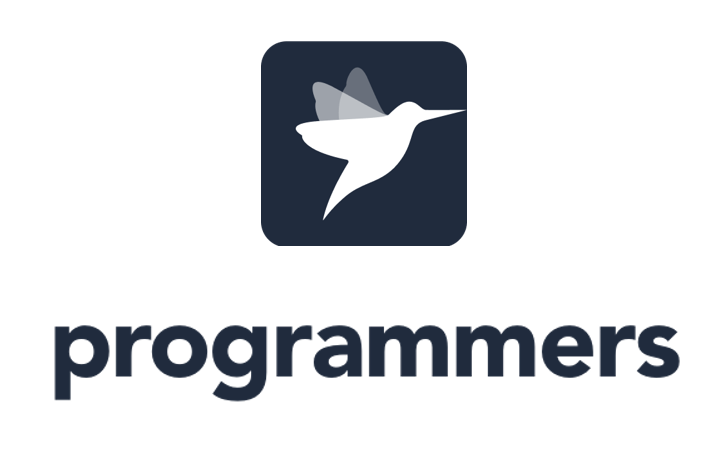
-
""" 출처:프로그래머스 https://school.programmers.co.kr/learn/courses/30/lessons/43105 """ # 풀이 과정 import copy def solution(triangle): t = copy.deepcopy(triangle) for i in range(1, len(triangle)): triangle[i][0] += triangle[i - 1][0] triangle[i][len(triangle[i]) - 1] += triangle[i - 1][len(triangle[i - 1]) - 1] for j in range(1, len(triangle[i]) - 1): triangle[i][j] = max((triangle[i - 1][j - 1] + triangle[i][j]), (triangle[i - 1][j] + triangle[i][j])) return max(triangle[len(triangle) - 1])
